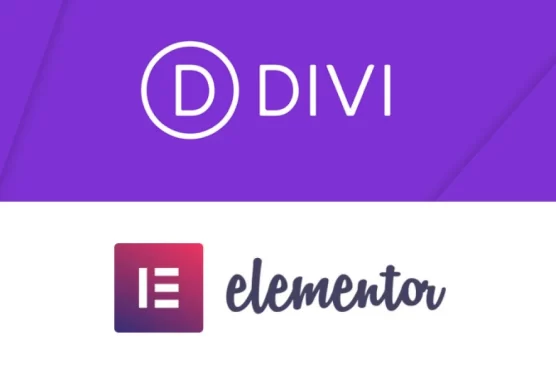Is Chat GPT the Answer for Website Copy?
If you own a business or do any amount of writing, you have likely heard of ChatGPT. Since its release in 2022, it has become a tool often used by those who want to produce written content but prefer not to do the writing. Chat GPT (generative Pre-training Transformer) was initially used to build chatbots and other natural language processing (NLP). In its simplest description, ChatGPT is an artificial intelligence text generator. It was developed by OpenAI and based on OpenAI’s GPT-3.5 language model.







